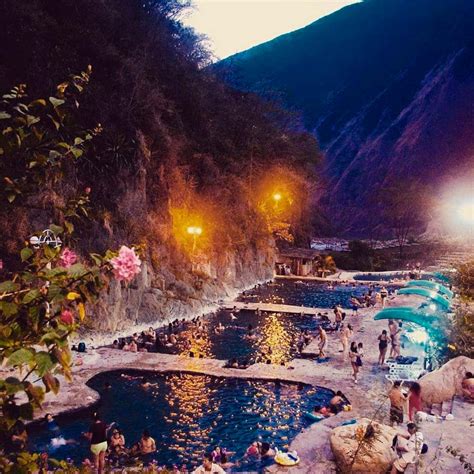Cusco to Aguas Calientes: A Photographer's Paradise
The journey from Cusco to Aguas Calientes, the gateway to Machu Picchu, is more than just a trip; it's a visual feast for photographers. From the breathtaking Andean landscapes to the lush cloud forests and the iconic ruins themselves, this route offers a diverse range of photographic opportunities that will challenge and inspire even the most seasoned shutterbug. This article explores the highlights of this journey, offering tips and insights for capturing stunning images along the way.
The Scenic Train Journey: A Photographer's Rolling Canvas
One of the most popular ways to travel from Cusco to Aguas Calientes is by train. The journey itself is a photographer's dream. The train winds its way through the Urubamba Valley, offering spectacular views of snow-capped mountains, cascading waterfalls, and vibrant green valleys.
What are the best times to photograph the train journey?
The "golden hour," shortly after sunrise and before sunset, provides the most magical light. The soft, warm light accentuates the colors of the landscape and casts long shadows, adding depth and drama to your photographs. Midday can be challenging due to harsh shadows, but experimenting with backlighting or using fill flash can yield interesting results.
What are some tips for taking great photos on the train?
- Use a telephoto lens: To capture the details of distant mountains and waterfalls.
- Use a tripod (if possible): For sharp images, especially in low-light conditions.
- Experiment with different compositions: Try different angles and perspectives to create unique shots.
- Capture the details: Don't just focus on the grand vistas; pay attention to the smaller details, such as the local flora and fauna.
Beyond the Train: Exploring the Sacred Valley's Photographic Gems
Many photographers choose to break up the journey and explore the Sacred Valley en route to Aguas Calientes. This allows for more extensive photographic exploration and a deeper understanding of the region's cultural and natural heritage.
What are some of the best photographic spots in the Sacred Valley?
The Sacred Valley is brimming with photogenic locations, including the impressive Ollantaytambo ruins, the charming town of Pisac with its vibrant market, and the breathtaking landscapes surrounding the Maras salt mines and Moray terraces. Each location offers unique photographic opportunities, from architectural details to expansive landscapes.
How can I capture the essence of the Sacred Valley in my photos?
Focus on capturing the interplay of culture and nature. Photograph the local people in their daily lives, capturing their authentic expressions and interactions. Showcase the rich textures and colors of the landscapes, and highlight the historical significance of the ruins and archaeological sites.
Aguas Calientes: The Gateway to Photographic Masterpieces
Aguas Calientes itself offers a wealth of photographic opportunities. The town's vibrant atmosphere, the rushing Urubamba River, and the surrounding lush vegetation provide a captivating backdrop for your photographs.
What are the best photo opportunities in Aguas Calientes?
Capture the bustling energy of the town's marketplace, the serenity of the river, and the lush greenery of the surrounding hillsides. The view of Machu Picchu mountain from Aguas Calientes is another stunning photo opportunity.
How can I get unique photos of Aguas Calientes?
Explore the less-visited areas of the town, search for unique perspectives and compositions, and try capturing the town's life at different times of day to showcase the changing light and atmosphere.
Machu Picchu: The Ultimate Photographic Challenge
Of course, no trip to this region is complete without capturing the majesty of Machu Picchu. This iconic site presents a photographer with an incredible range of challenges and opportunities.
What are the best times of day to photograph Machu Picchu?
Similar to the train journey, the golden hours offer the best light. Early mornings and late afternoons offer soft, warm light, highlighting the intricate details of the ruins and the surrounding landscape. Midday can be challenging but offers opportunities for dramatic contrasts and strong shadows.
What are some tips for taking great photos of Machu Picchu?
- Use a wide-angle lens: To capture the vastness of the site and its stunning setting.
- Use a tripod: For sharp images, especially in low light.
- Explore different viewpoints: Climb Huayna Picchu or Machu Picchu Mountain for unique perspectives.
- Capture the details: Don't just focus on the overall view; pay attention to the intricate details of the stonework and the surrounding vegetation.
The journey from Cusco to Aguas Calientes is an unforgettable adventure for any photographer. By taking your time, exploring different locations, and experimenting with different techniques, you can create a stunning photographic portfolio that reflects the beauty and diversity of this incredible region. Remember to respect the local culture and environment while capturing its beauty. Happy shooting!

